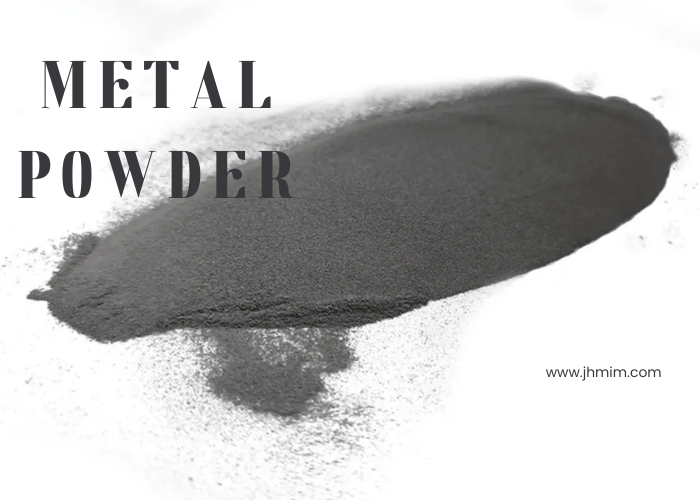Can metal be injection molded?
In the realm of manufacturing, the demand for precision and efficiency never ceases. One question that frequently arises is whether metal can be injection molded, much like plastics. This query sparks intrigue among engineers and designers who seek innovative solutions for creating complex metal parts with high accuracy and minimal waste.

Yes, metal can be injection molded through a process called Metal Injection Molding (MIM). The MIM process starts by mixing fine metal powders with a polymer binder to create a feedstock material. This feedstock can be injection molded into complex shapes using conventional injection molding machines. After molding, the green part undergoes debinding to remove the polymer binder, followed by sintering at high temperatures. During sintering, the metal particles bond together, resulting in a high-density solid metal part with properties comparable to wrought metal.
Understanding the MIM process highlights its benefits, such as the ability to produce intricate geometries and high material utilization. This knowledge leads to a deeper exploration of the metals best suited for injection molding and other considerations in choosing the right manufacturing method.
Best Metals for Injection Molding:
Stainless Steels:
Properties: High strength, excellent corrosion resistance, ability to withstand elevated temperatures.
Common Grades: 17-4PH, 316L, 304, duplex stainless steels.
Titanium Alloys:
Properties: High strength-to-weight ratio, excellent corrosion resistance, biocompatibility.
Challenges: More expensive and technically challenging compared to steels.
Nickel and Cobalt-Based Superalloys:
Properties: Exceptional heat resistance, high strength at elevated temperatures, excellent wear and corrosion resistance.
Applications: Aerospace, energy, industrial sectors.
Low-Alloy Steels and Tool Steels:
Properties: Suitable for less demanding applications, lower cost.
Applications: Various industrial uses.
Can Aluminum Be Injection Molded?
No, aluminum cannot be directly injection molded due to its high melting point. Instead, aluminum molds are used for injection molding plastic parts, offering advantages like faster cooling and lower costs for low-volume production runs. For metal parts, processes like die casting or sand casting are used instead.
Is Injection Molding Only for Plastic?
No, injection molding is not limited to plastics. It can also be used for metals (MIM) and ceramics (CIM), each requiring specific adaptations to achieve optimal results.
Conclusion:
In summary, metal can indeed be injection molded using the MIM process, which offers significant advantages for producing complex parts. By understanding the various materials and processes involved, manufacturers can choose the best method for their specific needs. At JHMIM, we specialize in advanced manufacturing technologies, providing tailored solutions to meet the diverse requirements of our clients.


